An Italian mid 19th century ebony, walnut, ivory, mother of pearl and fruitwood marquetry ebonised and parcel gilt centre table attributed to the Falcini brothersCirca 1850, Florentine The quarter veneered top with an ovolo moulded edge, the central lozenge overlapping a rectangular tablet, the inner lozenge inlaid with a flowerhead and rosette encompassed by four fauns hanging from a floral and foliate trail, the lozenge border inlaid with four pairs of opposing griffins, each pair of griffins flanking a rams' mask headed 'athenienne' and each griffin terminating in a scrolled acanthus body, interspersed with rosette and flowerhead angles, the rectangular tablet with four spandrels each inlaid with a cornucopia of flowers, with a scrolled floral and foliate surround and palmette inlaid angles, on four large spiral twist turned legs with interlocking lappet collars, above a shaped H-stretcher, on large bun feet terminating in recessed wooden castors, 145cm wide x 75cm deep x 76cm high, (57in wide x 29 1/2in deep x 29 1/2in high)FootnotesCertain characteristics of the present lot can be seen on several Florentine mid 19th century marquetry tables executed by the Falcini brothers, Luigi (d.1861) and Angiolo (d.1850). Most of these comparables are illustrated in A. Gonzalez-Palacios, Il Tempio del Gusto, Le Arti Decorative in Italia fra Classicismi e Batocco, La Toscana e l'Italia Settentrionale, Vol. II, 1986, Milan, fig.'s 385-399, pp.'s 205-211. A few such tables by the Falcini brothers also feature in E. Colle, Il Mobile del'Ottocento in Italia, Arredi e Decorazioni d'Interni dal 1815 al 1900, 2007, Milan, pp.'s 190-193. Included among the shared attributes of all of these examples are their elaborately patterned marquetry tops comprising ebony ground surfaces which have been inlaid in materials such as ivory, mother of pearl and fruitwood. These table tops, just as on the offered model, tend to have segmentally divided tablets of various geometric shapes with a central focal point such as a bird, assorted flowers or a rosette. Two specific examples which appear as fig.'s 387 and 397, pp.'s 206 and 210 in A. Gonzalez-Palacios also have very similar spiral twist turned legs to those of the present lot. Other recurrent aspects of related Falcini furniture include certain inlaid decorative elements (often symmetrically presented) ranging from flowers, cornucopiae, rosettes, scrolled acanthus and palmette patterns. However, it is interesting to note that quirkier touches are frequently included within such inlay. And on the offered model a witty feature is the incorporation of four fauns, seemingly climbing or hanging, amidst the inlaid foliate border of the central lozenge tablet. The Falcini Brothers The workshops of the Falcini family were established in the early 19th century in the small town of Campi, near Florence, by Gaetano Giuseppe Falcini (d.1846). In the late 1820s, Luigi, the latter's eldest son opened a bottega in the via del fosso, Florence, and was later joined by his brother Angiolo. The first piece to be exhibited by the Falcini brothers was a prize-winning marquetry table shown at the Academy of Fine Arts in Florence in 1836, and subsequently purchased by Grand Duke Leopold II for his private collection. The firm continued to exhibit at the Academy throughout the 1840s and completed important commissions for a number of prominent patrons, among whom were Prince Anatole Demidoff, the Duchess of Castigliano and Countess Borghese. After the death of Angiolo Falcini in 1850, Luigi was joined by his two sons, Alessandro and Cesare, who continued the business until 1882. The Falcini brothers exhibited at the Great Exhibition in London in 1851 to great acclaim, S. Chiarugi, Botteghe di Mobilieri in Toscana, 1780-1900, Firenze, 1994. The item within this lot containing ivory has been registered in accordance with the Ivory Act (Section 10). Ref YYRFUEUK.
An Italian mid 19th century ebony, walnut, ivory, mother of pearl and fruitwood marquetry ebonised and parcel gilt centre table attributed to the Falcini brothersCirca 1850, Florentine The quarter veneered top with an ovolo moulded edge, the central lozenge overlapping a rectangular tablet, the inner lozenge inlaid with a flowerhead and rosette encompassed by four fauns hanging from a floral and foliate trail, the lozenge border inlaid with four pairs of opposing griffins, each pair of griffins flanking a rams' mask headed 'athenienne' and each griffin terminating in a scrolled acanthus body, interspersed with rosette and flowerhead angles, the rectangular tablet with four spandrels each inlaid with a cornucopia of flowers, with a scrolled floral and foliate surround and palmette inlaid angles, on four large spiral twist turned legs with interlocking lappet collars, above a shaped H-stretcher, on large bun feet terminating in recessed wooden castors, 145cm wide x 75cm deep x 76cm high, (57in wide x 29 1/2in deep x 29 1/2in high)FootnotesCertain characteristics of the present lot can be seen on several Florentine mid 19th century marquetry tables executed by the Falcini brothers, Luigi (d.1861) and Angiolo (d.1850). Most of these comparables are illustrated in A. Gonzalez-Palacios, Il Tempio del Gusto, Le Arti Decorative in Italia fra Classicismi e Batocco, La Toscana e l'Italia Settentrionale, Vol. II, 1986, Milan, fig.'s 385-399, pp.'s 205-211. A few such tables by the Falcini brothers also feature in E. Colle, Il Mobile del'Ottocento in Italia, Arredi e Decorazioni d'Interni dal 1815 al 1900, 2007, Milan, pp.'s 190-193. Included among the shared attributes of all of these examples are their elaborately patterned marquetry tops comprising ebony ground surfaces which have been inlaid in materials such as ivory, mother of pearl and fruitwood. These table tops, just as on the offered model, tend to have segmentally divided tablets of various geometric shapes with a central focal point such as a bird, assorted flowers or a rosette. Two specific examples which appear as fig.'s 387 and 397, pp.'s 206 and 210 in A. Gonzalez-Palacios also have very similar spiral twist turned legs to those of the present lot. Other recurrent aspects of related Falcini furniture include certain inlaid decorative elements (often symmetrically presented) ranging from flowers, cornucopiae, rosettes, scrolled acanthus and palmette patterns. However, it is interesting to note that quirkier touches are frequently included within such inlay. And on the offered model a witty feature is the incorporation of four fauns, seemingly climbing or hanging, amidst the inlaid foliate border of the central lozenge tablet. The Falcini Brothers The workshops of the Falcini family were established in the early 19th century in the small town of Campi, near Florence, by Gaetano Giuseppe Falcini (d.1846). In the late 1820s, Luigi, the latter's eldest son opened a bottega in the via del fosso, Florence, and was later joined by his brother Angiolo. The first piece to be exhibited by the Falcini brothers was a prize-winning marquetry table shown at the Academy of Fine Arts in Florence in 1836, and subsequently purchased by Grand Duke Leopold II for his private collection. The firm continued to exhibit at the Academy throughout the 1840s and completed important commissions for a number of prominent patrons, among whom were Prince Anatole Demidoff, the Duchess of Castigliano and Countess Borghese. After the death of Angiolo Falcini in 1850, Luigi was joined by his two sons, Alessandro and Cesare, who continued the business until 1882. The Falcini brothers exhibited at the Great Exhibition in London in 1851 to great acclaim, S. Chiarugi, Botteghe di Mobilieri in Toscana, 1780-1900, Firenze, 1994. The item within this lot containing ivory has been registered in accordance with the Ivory Act (Section 10). Ref YYRFUEUK.
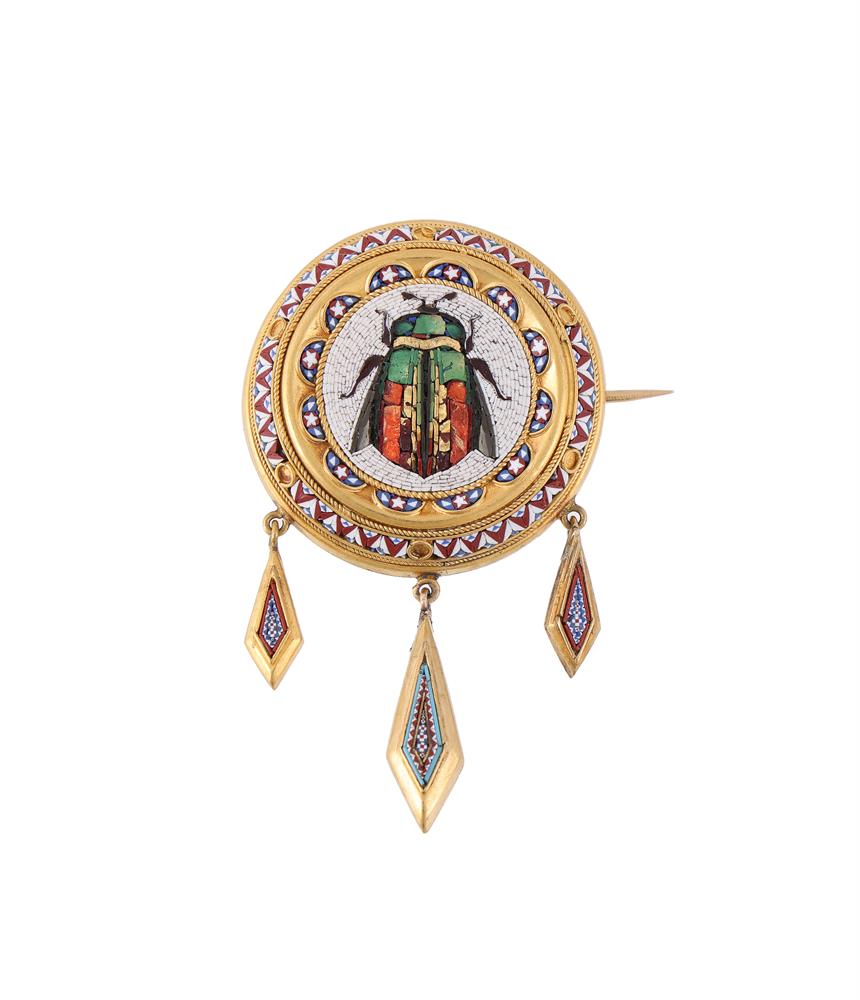





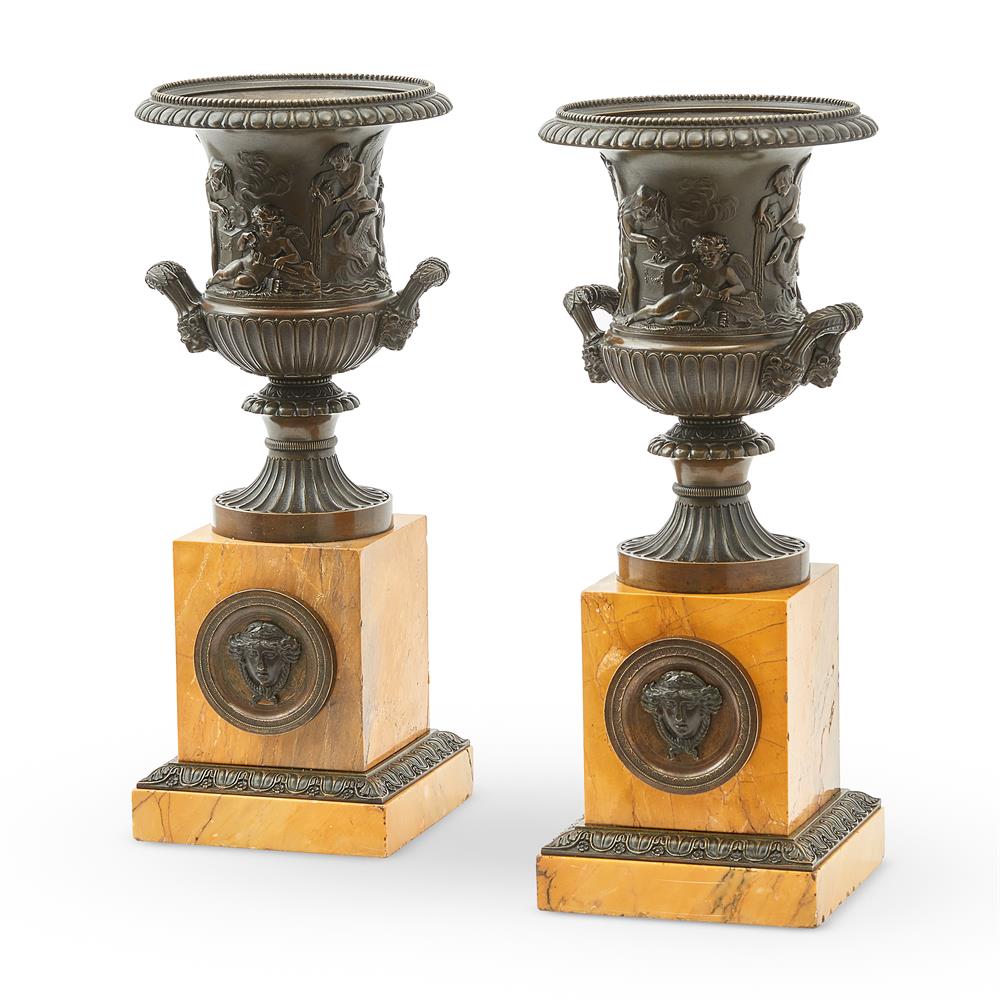


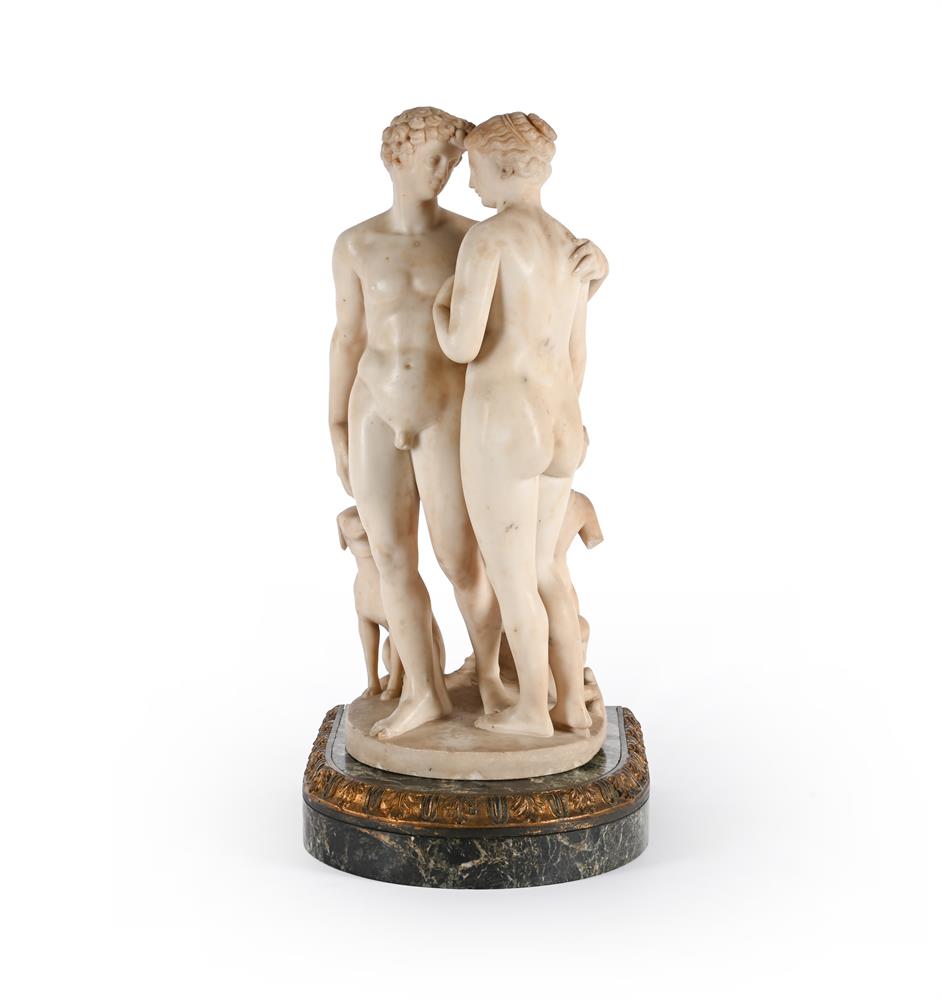
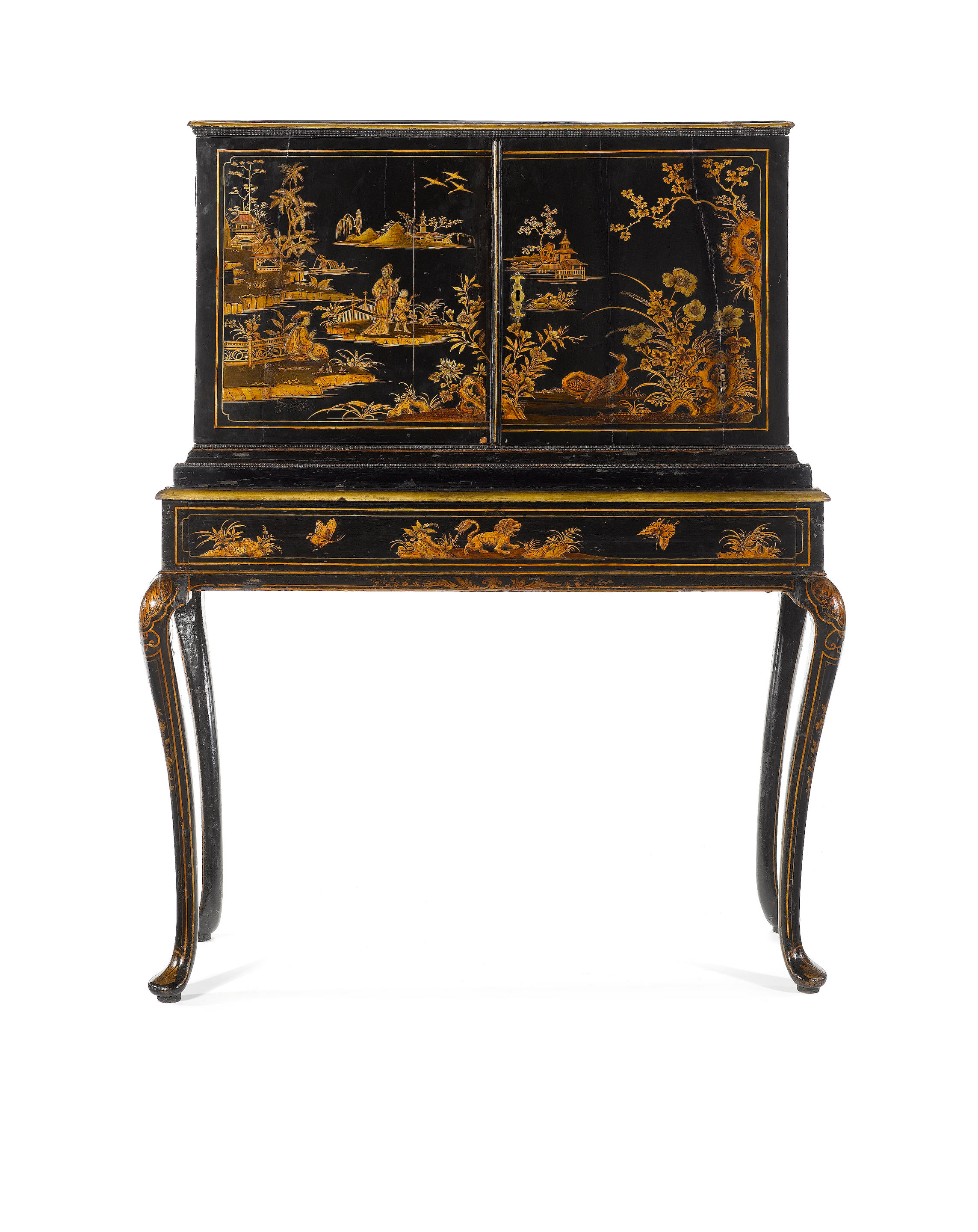

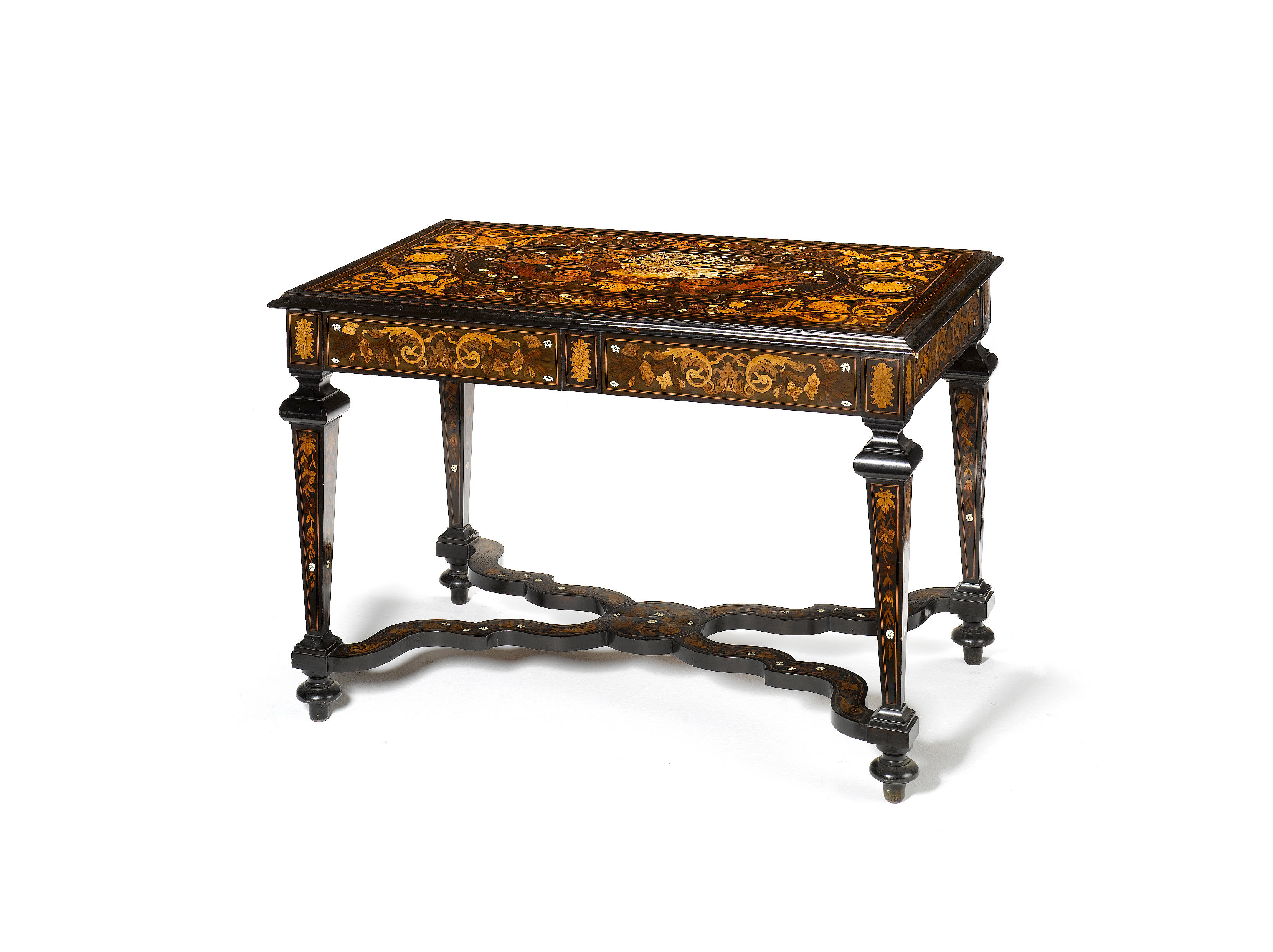

Try LotSearch and its premium features for 7 days - without any costs!
Be notified automatically about new items in upcoming auctions.
Create an alert